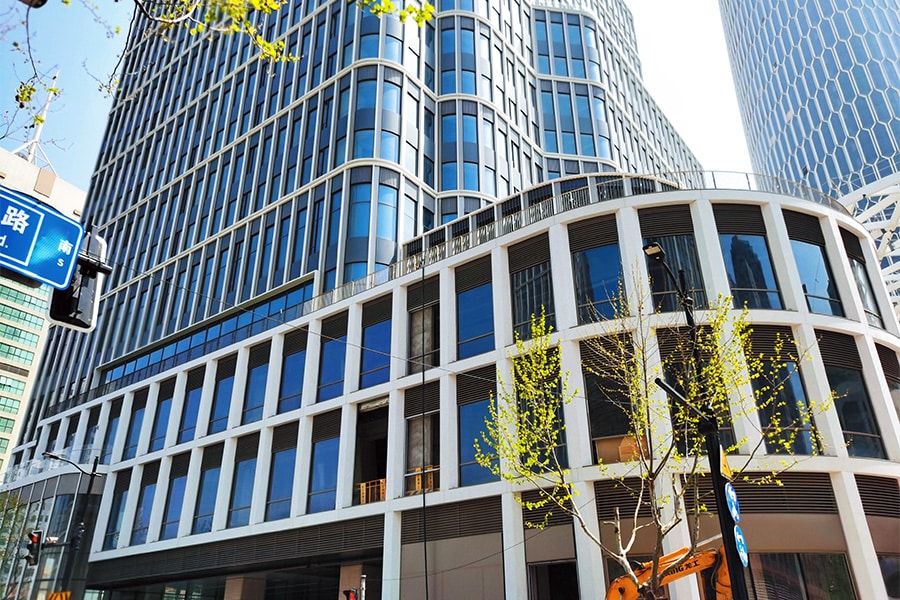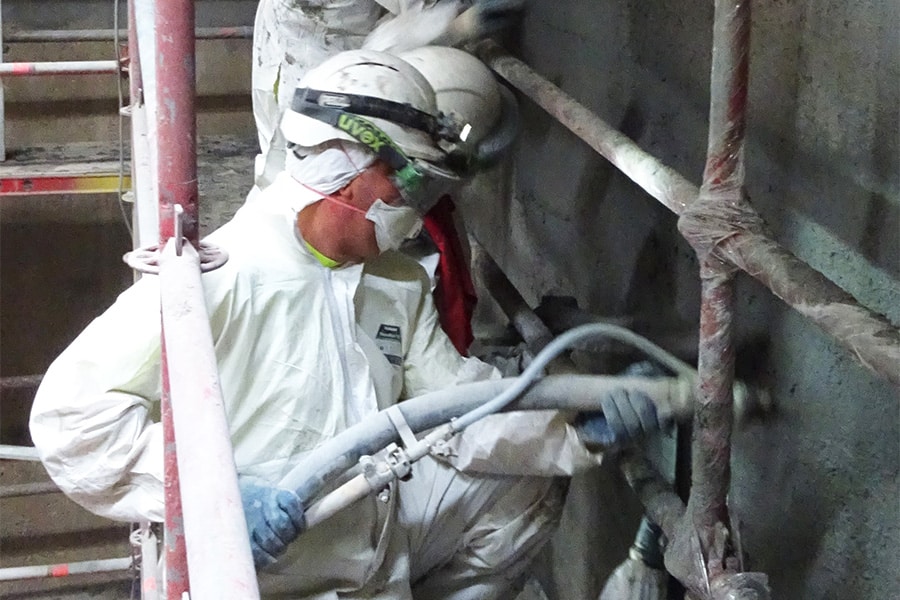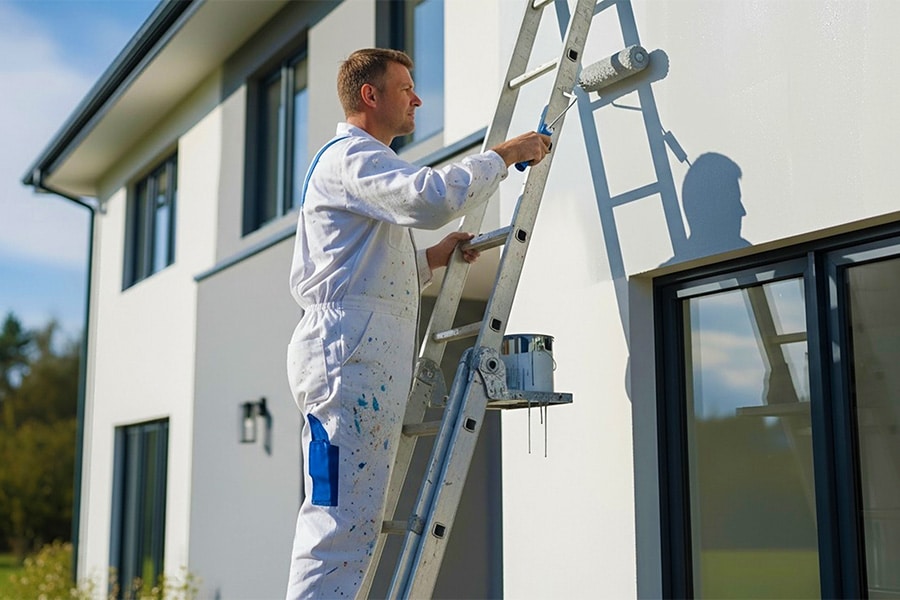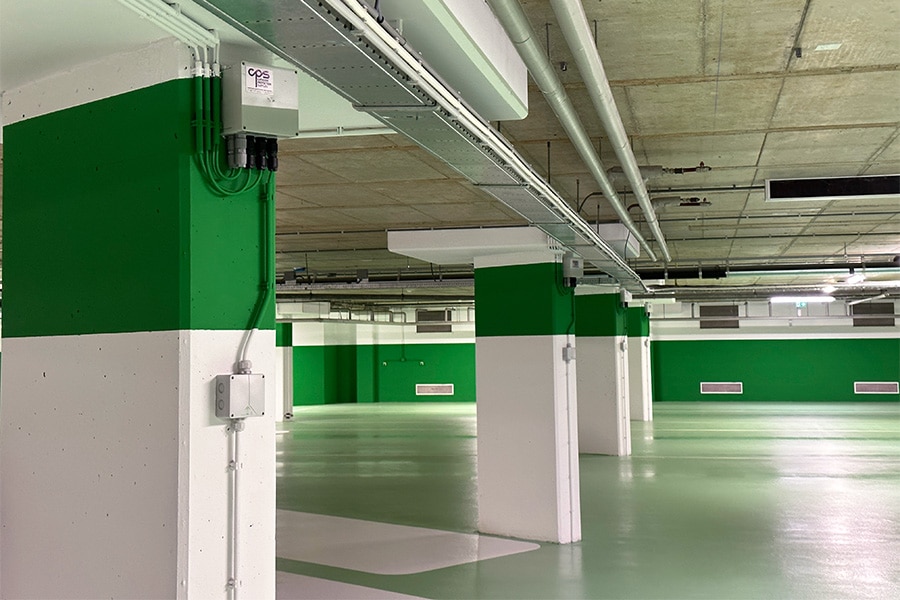
Cathodic Protection turns structures into a rich source of information
Cathodic Protection (RD) is a proven effective and sustainable way to stop corrosion. Using currents, this method prevents metal structures and reinforcement in concrete from being affected by oxidation. An interesting byproduct of RD is that it can make structures "talk. Unusual variations in current levels can tell something about the health of the structure. This allows early detection of problems and further maintenance can prevent worse. Anthony van den Hondel of Cathodic Protection Supplies explains how KB technology can help us in the enormous maintenance task facing the Netherlands.
RD can be done in two different ways. In galvanic cathodic protection (GCP), zinc anodes cause the anodes to oxidize instead of the rebar rusting. In the case of impressed-current cathodic protection (ICCP), on the other hand, a DC current source turns the reinforcing steel into a cathode. "The great thing is that these power sources are getting smarter and smarter and can also be monitored and controlled remotely," Van den Hondel explains. "So the system is constantly generating data that gives insight into the state of the structure."
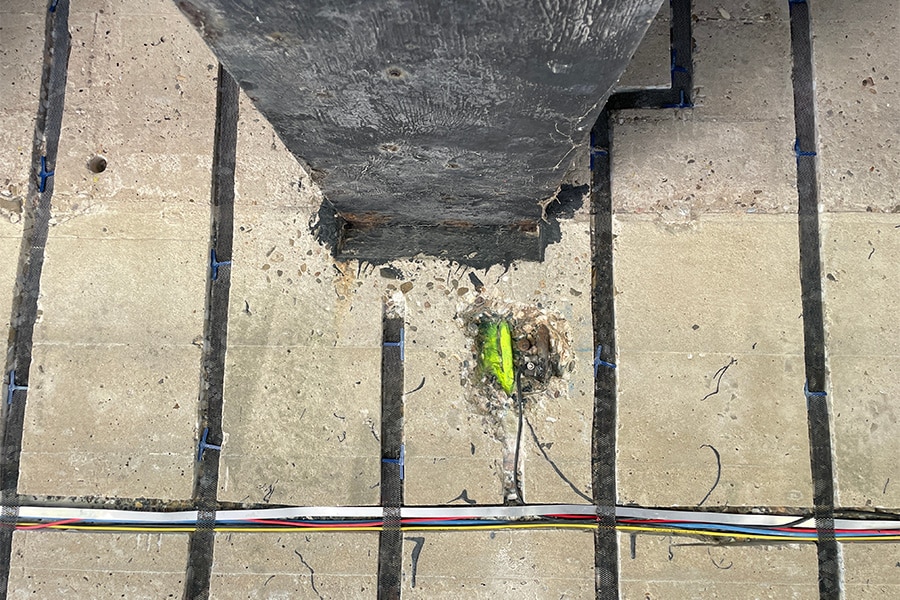
Deviation from normal
With KB, a building or artwork can become one big sensor. "A building of a large factory was equipped with our KB system and acted as a sensor. At one point I noticed a big, unexplained change in the flow level on a floor. I reported it and it turned out that gears had broken causing the structure to take a hit. This is not an example of corrosion, but the essence is the same: there is a deviation from a standard or say predictable pattern in the flow level. That could indicate a defect in the structure, a leakage, corrosion or a combination of these."
Finer
The possibilities for monitoring buildings have expanded enormously. "Thirty years ago everything was still measured by hand," Van den Hondel knows. "Then came the data loggers, but in the beginning you still had to drive there yourself. Now everything can be monitored remotely with modems. Moreover, the cost price of electronics is only a fraction of what it was back then and everything has become much smaller and more compact. So it is affordable and technically possible to equip a structure with sensors in many places, allowing you to generate increasingly fine-grained information. You can then determine, so to speak, that in apartment building X on floor Y console Z is giving suspicious information and then send someone there specifically to assess the situation."
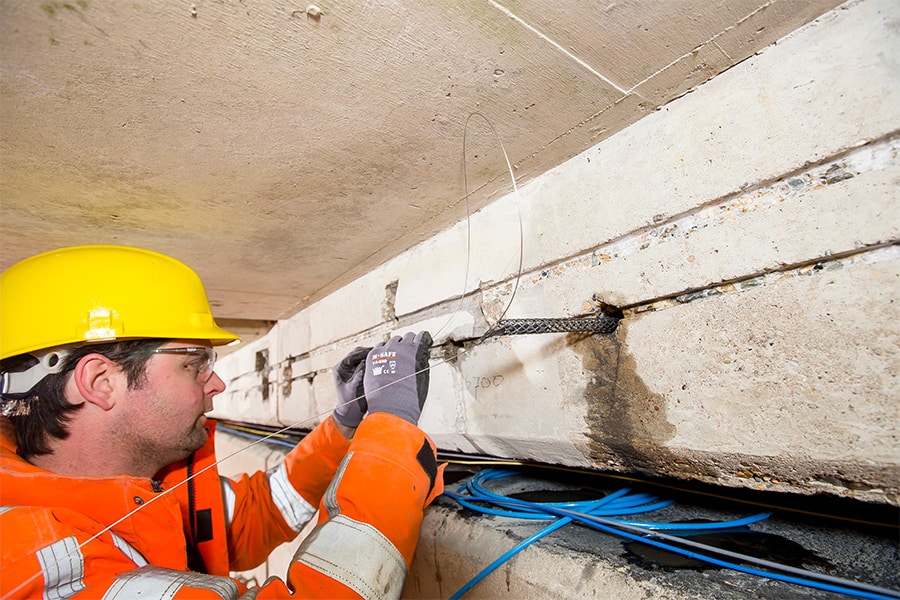
Stoplight
The problem with such detailed information is that it generates a torrent of data. Van den Hondel: "A sensible person cannot do anything with that, and even with computers and AI it is questionable whether you can organize the entire process properly. Large asset managers such as RWS and housing corporations and industry such as port companies are not waiting for that either. It would be better to deploy a simple traffic light system with three levels of assessment. Green is OK, orange requires attention and red means that something must be done in the short term. Such a system should then be provided with relevant limits per object or per sensor, adjusted to local conditions and taking into account all relevant circumstances. Over the past two years, parties in the market have been busy discussing linking information from KB to other data and management systems. For example, Rijkswaterstaat sees a clear benefit in combining with the system for Object Data Services, or ODS for short. That is a uniform way to collect, store and compare data from different objects. It's not there yet. But in this I do see opportunities for AI. By the way, the Concrete Maintenance Platform (BOP) is organizing a very interesting meeting about this at the Southern Concrete Repair Afternoon on March 27."
